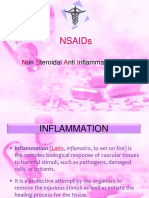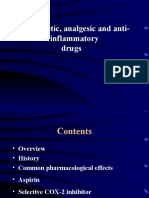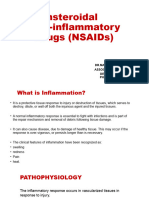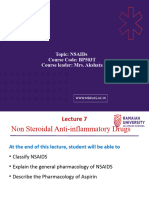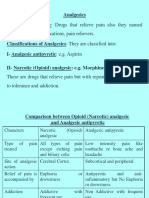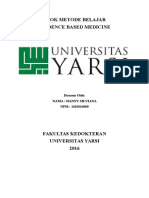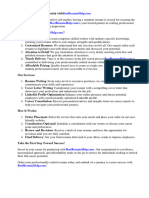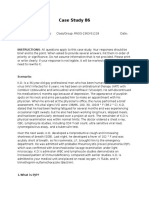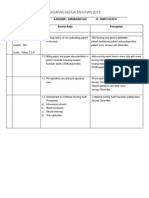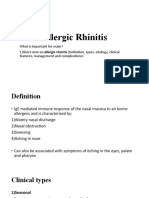Antipyretic Drugs
By the end of the lecture, students will be able to: - Name the non steroidal anti-inflammatory drugs (NSAIDs) and other antipyretic agents - Describe the mechanisms of action of aspirin - Explain the clinical uses of aspirin - Describe the toxicities of aspirin - Describe the mode of action of other NSAIDs, their clinical uses and toxicities - Describe the mode of action of acetaminophen, its clinical uses and toxicity
�Mechanism of Action of NSAIDs
Decrease prostaglandin, prostacyclin and thromboxane synthesis throughout the body
�Cycloxygenases COX
COX-1
Constitutive
COX-2
Inducible
COX-3 CNS
Cytoprotective Inflammatory PGs Fever PGs
Stomach Kidney Platelets
Fever Pain
Inflammation
Pain
�Non steroidal anti-inflammatory drugs (NSAIDs)
Inhibit both COX-1 & COX-2 COX-1 constitutive present in GIT (Hcl, mucus), Kidney
(Regulate the hemodynamics), Platelets (Control aggregation)
1) Salicylates as Aspirin, Diflunisal & Methyl salicylate 2) Heteroaryl acetic acids as Diclofenac 3) Acetic acids: Etodolac, Sulindac, Indomethacin 4) Propionic acid derivatives (profens) as, Ibuprufen , Ketoprofen, Naproxen.
5) Pyrazolidine derivatives as Phenylbutazone
6) Oxicams as Piroxicam
7) Fenamates: Mefenamic acid
�COX-2 Inhibitors
Celecoxib
N.B Meloxicam is preferentially selective COX 2 inhibitor
Antipyretic analgesic
Acetaminophen
�Common actions of NSAIDs - Anti-inflammatory
- Analgesics - Antipyretics
�The major difference between NSAIDs
1. Aspirin acetylates the enzyme, so it irreversibly inhibits COX while other NSAIDs inhibition is reversible 2. Aspirin effect results in longer duration of its antiplatelet inhibition 3. Vary in their potency as anti-inflammatory : * Moderate effectiveness as Ibuprufen & Naproxen * Greater effectiveness as Indomethacin 4. Celecoxib is COX-2 selective inhibitors
�ASPIRIN
Pharmacokinetics
-Hydrolyzed to acetic acid and salicylate by esterase. -At therapeutic dose 600mg,elimination in accordance to first order kinetics, half life is 3 to 5 hours. -With higher dose half life increases up to 20 to 24 hours in accordance to zero order kinetics.
Mechanism of action
Irreversible non-selective COX inhibitor
�1) Analgesic:
it PGs synthesizes : * Centrally pain threshold esp. in thalamus * Peripherally anti-inflammatory effect
Effects of Aspirin
2) Antipyretic:
synthesis of PGs * Peripheral VD heat loss by radiation * Sweating heat loss by evaporation
3) Effect on platelets:
Inhibition of thromboxane synthesis results in reduced platelet aggregation
4) Immunological effects :
inhibits antigen/antibody reaction through Cortisol release
5) Gastrointestinal effects:
Inhibits PGI2 , PGE2 & PGF2 Resulting in increased gastric acid secretion and diminished mucus protection Causing epigastric distress, ulceration and/or hemorrhage
�6) Anti-inflammatory & anti-rheumatic
1- PGs synthesis E2 & I2 VD 2. Salicylate inhibits Kallekrein enzyme synthesis of bradykinin pain & VD 3. Salicylate inhibits Hyaluronidaze enzyme capillary Permeability swelling & edema 4. Fibrinolysin & tissue damaging enzymes 5. Migration of polymorphs & macrophages to inflammatory sites. 6. Stabilization of Lysosomes release of proteolytic enzymes
�Clinical Uses of Aspirin
1. Anti-inflammatory: arthritis 2. Antipyretic. 3. Analgesic: headache, dysmenorrhea
postoperative, dental pain.
4. platelet aggregation 5. incidence of colon cancer when
taken chronically.
�Toxicity of Aspirin
1) GIT: Epigastric distress, nausea, vomiting &
GI bleeding
2) Nephrotoxcity 3) Respiration:
-Precipitates asthmatic attack in asthmatic patient due to shift of arachidoinc acid to form leukotrienes or due AgAb reaction -In toxic doses aspirin causes respiratory depression
4) Blood:
-Hypoprothrombinemia in chronic use caution in patients on warfarin therapy
�5) 6)
Salicylism: in Large dose for Long time in the form
of Tinnitus, blurring of vision & irritability (Reversible after stopping salicylates). Reye's syndrome: occurs in some children with viral infection (e.g. Influenza or Chicken pox) Encephalopathy & Hepatotoxicity Allergy Rash, urticaria, angio-edema
7) 8) Idiosyncrasy Hemolysis 9) Teratogenicity
Phenylbutazone & indomethacin may cause aplastic anemia and agranulocytosis in chronic use
�COX-2 Selective NSAIDs (coxib)
Celecoxib * No effect on platelets function.
* Have reduced risk of GIT effects, including gastric ulcers and GIT bleeding NOT recommended in renal patient as COX-2 is
constitutively present in kidney Increased risk of cardiovascular adverse
effects May cause hypersensitivity in patients allergic to sulphonamides
�Acetaminophen (Paracetamol)
** More selective against COX-3 * It is an analgesic antipyretic *Lacks anti-inflammatory and antiplatelet effects *Safe during pregnancy, in patient with peptic ulcer, bronchial asthma, bleeding tendency & children with viral infection *Overdose or in severe liver impairment the drug is hepatotoxic, acetylcysteine is the antidote




